TheGreatPurrs: Choosing the Right Eco-Friendly Cat Litter Sand. A Journey to a Greener Home
Cat litter is a necessity for any cat parent, but it’s also one of the biggest contributors to household waste.
ECO-FRIENDLY TIPS
5/8/20244 min read
When I first adopted Yami and Tofi, my two lovable cats, I was immediately faced with a sea of decisions: what to feed them, which toys to buy, and even what type of litter to use. I wanted to make choices that were not only best for them but also for the environment, and that’s when I stumbled upon the dilemma of cat litter.
The Beginning of Our Litter Journey
Like many cat parents, I started with the typical clay-based litter. It was cheap, clumped well, and didn’t seem like a big deal at first. But over time, I noticed something unsettling. The bags of used litter began piling up in the trash, and I couldn’t ignore how much waste I was generating. I later found out that traditional clay-based litter is strip-mined, a process that has devastating effects on the environment. Worse still, it doesn’t decompose and can sit in landfills for centuries.
This realization hit hard. I knew there had to be a better option for both Yami and Tofi, and for the planet. So, I began my journey into the world of eco-friendly litter.
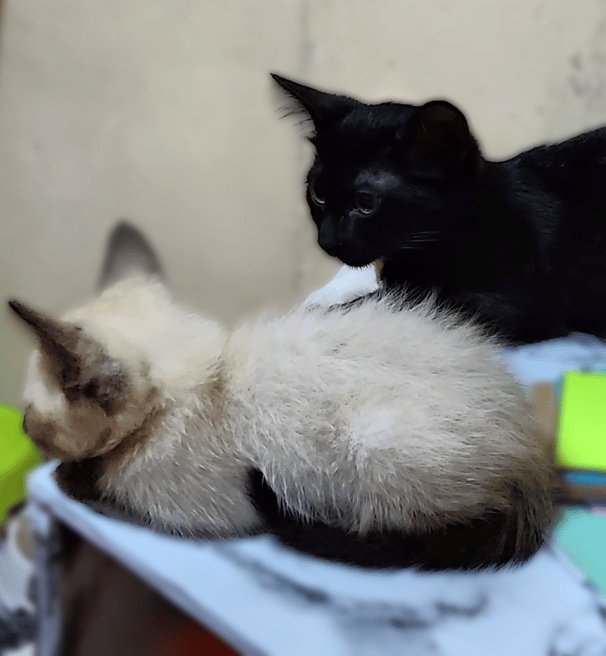

Finding the Right Fit for Yami and Tofi
At first, I tried a recycled paper-based litter. It felt good knowing I was using something that was biodegradable, but Yami and Tofi weren’t impressed. They avoided their litter box, clearly not happy with the texture. That was my first lesson: not all cats will like every type of eco-friendly litter. Transitioning takes patience.
Next, I tried a corn-based litter. It clumped well and had a soft texture that both Yami and Tofi seemed to like, but there was an unexpected downside—pests. Within a few days, ants had found their way to the litter box, drawn to the natural materials in the corn litter. As much as I wanted to make a green choice, this was a dealbreaker for my home.
Finally, I landed on a wood-based litter made from reclaimed pine. It smelled fresh and natural, which kept the room from having that typical “litter box odor.” It didn’t clump as well as some of the others, but Yami and Tofi both seemed comfortable with it. The best part? It was compostable, which meant less waste going into the trash.
Lessons Learned Along the Way
Here’s what I discovered through trial and error:
Take Your Time: Cats can be picky about changes in their environment. If you’re switching to eco-friendly litter, do it gradually by mixing the new litter with the old one to help them adjust.
Material Matters: Eco-friendly cat litters come in a variety of materials, including wood, corn, wheat, paper, and even coconut. Wood and paper litters are great for odor control and are biodegradable, while corn and wheat litters tend to clump better but might attract pests.
Consider the Dust Factor: Dust-free litters are a huge benefit, especially for households with allergies. Traditional clay litters create a lot of dust, which can irritate your cat’s respiratory system and coat your furniture.
Environmental Impact: Eco-friendly litters are made from renewable or recycled resources, unlike clay litter, which is mined in a way that scars the environment. Many biodegradable litters can be composted, further reducing their environmental footprint.
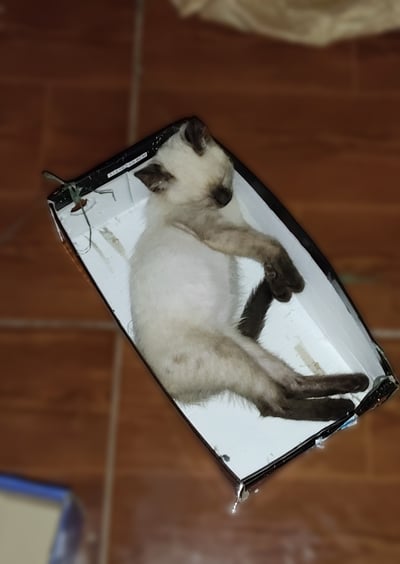

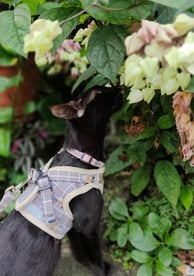

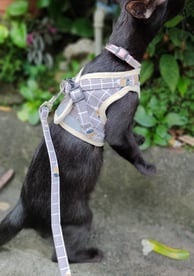

How Eco-Friendly Litter Helps the Planet
Switching to eco-friendly litter might feel like a small step, but it makes a big difference. Traditional clay-based litters contribute to millions of tons of landfill waste every year. Eco-friendly options, by contrast, are often made from renewable resources and break down naturally, which helps reduce landfill waste.
If every cat owner switched to a sustainable litter option, the collective impact would be tremendous. Not only would it decrease the need for harmful mining practices, but it would also reduce the amount of litter waste sitting in landfills for hundreds of years. Making a choice like this doesn’t just benefit Yami and Tofi; it benefits all of us.
Conclusion
Finding the right eco-friendly litter sand for your cats can be a journey, just like it was for me and my two furballs, Yami and Tofi. Each type of litter has its strengths and weaknesses, and it’s important to find what works best for your household. But the benefits go beyond convenience—by choosing a sustainable litter option, you’re making a positive impact on the planet, one scoop at a time.
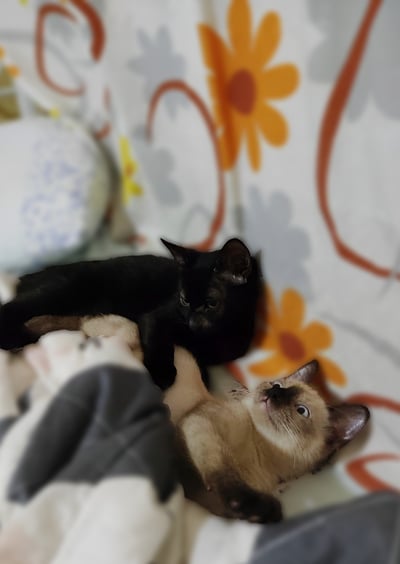

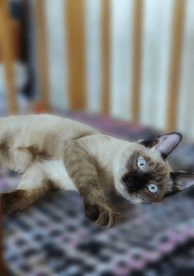

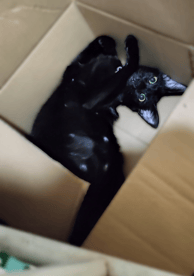

Eco
Promoting sustainable cat products for happy pets.
Purrs
Green
thegreatpurrs@gmail.com
© 2024. All rights reserved.
